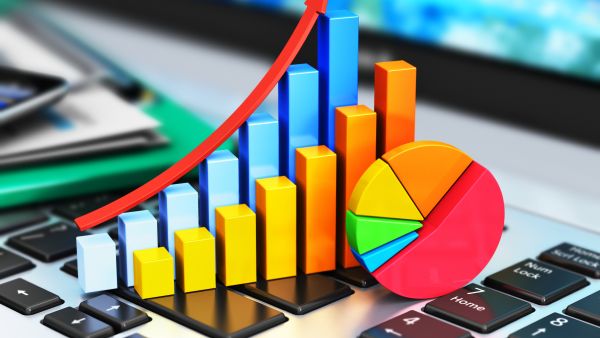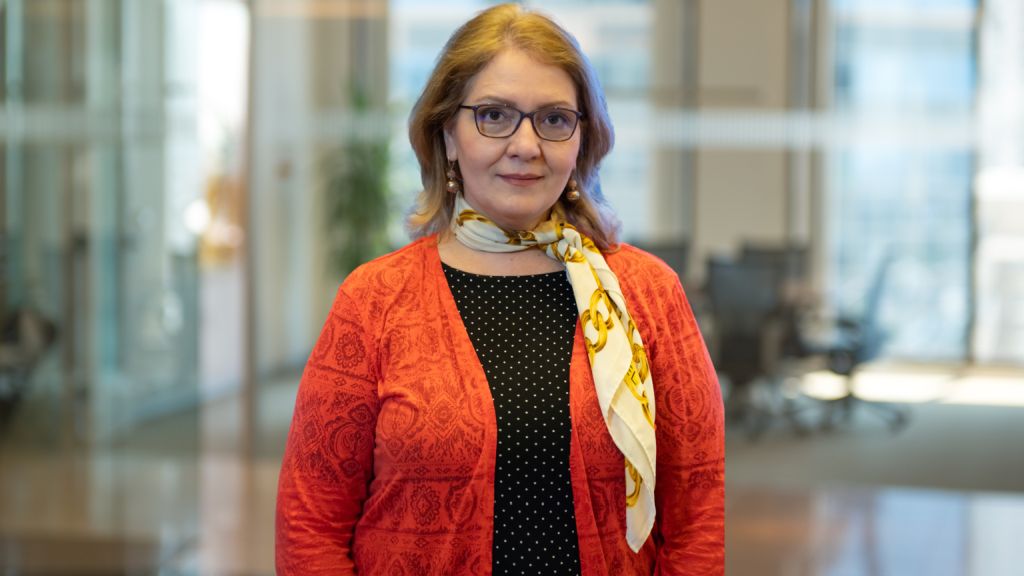Q: The first quarter of 2015 brought an unexpected GDP increase of over 4% compared to Q1 2014, exceeding the most optimistic estimates made by analysts and authorities. Do you think that is a trend that may continue in the rest of the year? Give us your personal opinion on the evolution of the Romanian economy in 2015.
Traian Halalai: Indeed, the Romanian economy performed very well in the first quarter of 2015, underpinned by consumption and private investments. Moreover, there are good premises for the GDP growth to exceed 4% in 2015, if additional support from an increase in public investments and net exports materializes.
Q: Which are the main engines that could sustain a more important growth this year and beyond?
Traian Halalai: Romania’s growth story will accelerate in 2015 and beyond, supported by a variety of factors. Following the lessons of the economic crisis, Romania has to re-define its growth model. We are going to experience a shift from export-led growth towards a more inclusive one based on internal consumption. As far as financing of the growth is concerned, EU funds absorption and financing through capital markets are going to fill the gaps stemming from bank disintermediation.
Building or improving the country’s hard infrastructure is going to have a multiplying effect on the economy in the short run, while on the medium and long term will create the premises for an intensification of foreign direct investments.
The continuation of efforts towards the implementation of the structural reforms, the improvement in the business environment and the intensification of support towards start-ups and SMEs will provide the foundation for sustainable growth in the future.
Q: How have you perceived (if so) this positive evolution in your business? Have you noticed any positive developments / trends? Or, on the contrary? Please, detail.
Traian Halalai: First of all, we have noticed an increase in optimism from our clients, who started planning investments in new production facilities and expanding the existing ones. Their optimism is fuelled by both the resumption of economic growth in EU countries, our traditional export market, and the increase in consumer demand.
On the other hand, the relative stability of leu versus euro, as well as the historically low interest rates for the leu favour bank borrowings by both population and companies, allowing them to increase consumption and investments, therefore supporting the aggregate demand for goods and services.
Q: Which were the main events and trends that have marked your industry and, in particular, your activity last year? How has the market changed? Which were the main drivers of your activity?
Traian Halalai: The banking industry still pays tribute to the excesses of the past credit bubble. Probably the most important action performed in 2014 was the cleaning up of the banks’ balance sheets, following the recommendations of the National Bank of Romania. It was a painful, though critical process, aimed at restoring the banks’ capacity to resume lending. At the same time, banks are still left with problems that are not yet properly addressed, and add to the new challenges. The deleveraging pressure alleviated towards the end of last year and is expected to reach a bottom in 2015. The lending margins shrank considerably and, on top of the low interest rates, affect the profitability in the future, forcing banks management find additional sources of revenues or cut expenses.
In many respects, though, our activity at EximBank did not follow the overall banking trends. Our support of the economy continued to accelerate with double digits for the second year in a row. We extended the bank’s portfolio of products and services, expanded our country network, streamlined internal workflows and processes, revitalized new business lines and strengthened our team. And we have managed to achieve this positive transformation in the context of low NPL figures, a good asset quality, a high profitability and rentability of our activities.
Q: Which are your expectations / plans for 2015? Which are the main opportunities and risks in your industry?
Traian Halalai: Our main expectation for 2015 is to finish the setup of the new mandate granted to EximBank by the Romanian state, that of a development bank. It is a complex undertaking that involves many stakeholders, from ministries to agencies and the National Bank of Romania. The objectives of the development bank mandate are to support the financing of the economy and of the regional development, in line with the Government’s socio-economic policies, to bring our contribution to the increase in EU funds absorption, to support the large infrastructure projects and to finance market failures.
As far as the local banking industry is concerned, the biggest opportunity is the recovery of the loan demand from both individuals and companies. Banks will participate in the new lending cycle disproportionately, based on how well they understood the mistakes of the past and how effectively they have redesigned their business models.
The future of the local banking industry belongs to universal banks that have reached a critical size through acquisitions or niche banks in market segments where they enjoy competitive advantages, have economies of scale or flexible cost structures, have a competitive portfolio of products and services and effective cross-selling strategies, and that have embraced technology as the key driver for future profitability and market accessibility.






























